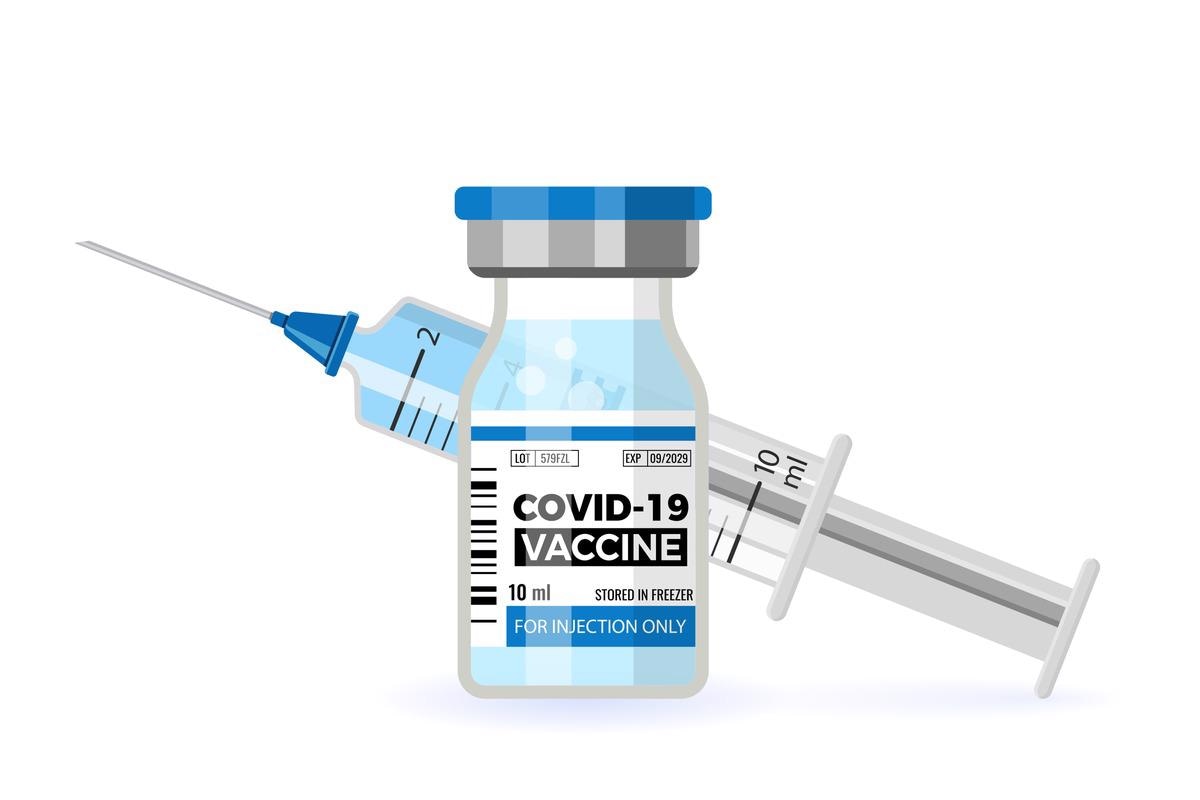Study evaluates humoral and cellular immune memory induced by different COVID-19 vaccines
In a recent study posted to the bioRxiv* pre-print server, researchers evaluated the humoral and cellular immune memory induced by four coronavirus disease 2019 (COVID-19) vaccines representing three different vaccine platforms.

Background
Notably, the BNT162b2 and messenger ribonucleic acid (mRNA)-1273 vaccines use mRNA-based platforms, the Ad26.COV2.S is a viral vector-based vaccine, and NVX-CoV2373 is a recombinant protein-adjuvanted vaccine.
Different studies have determined the vaccine efficacy (VE) of 95%, 94%, and 90% for BNT162b2, mRNA-1273, and NVX-CoV2373 vaccines, respectively, during their phase III clinical trials.
Furthermore, studies have pointed out that the VE of all these vaccines wanes over time; however, multiple studies conducted in 'real-world' settings have shown that their VE against hospitalization was stable over time in contrast to VE against infections. Thus, it is apparent that distinct immunological mechanisms are at play for all the COVID-19 vaccines.
The available scientific evidence suggests that well-coordinated action of different branches of adaptive immunity collectively generates protective immunity against COVID-19.
Studies exploring these aspects using standardized cellular assays are limited as these require live cells and complex reagents; likewise, few studies have collectively assessed neutralizing antibody (nAb), T cell, and memory B cell responses elicited by COVID-19 vaccines in the same individuals.
Hence, a comprehensive investigation and comparison of B and T cells and nAb responses to different COVID-19 vaccines could yield crucial information regarding differential VE, immunogenicity, and immune memory induced by different COVID-19 vaccines.
About the study
In the present study, researchers obtained blood samples from subjects planning or immunized with four COVID-19 vaccines, mRNA-1273, BNT162b2, Ad26.COV2.S and NVX-CoV2373 at multiple timepoints. They preserved test subjects’ plasma and peripheral blood mononuclear cells (PBMC).
The subjects in the mRNA vaccine cohorts had received a two-dose regimen of mRNA-1273 or BNT162b2 28 and 21 days apart, respectively.
The subjects in the Ad26.COV2.S vaccine cohort received a single dose, and their samples were collected based on the initial immunization date; similarly, for NVX-CoV2373, samples were collected from volunteers who had received a two-dose regimen plus adjuvant 21 days apart.
The researchers matched individuals in all four vaccine cohorts based on gender, age, and ethnicity.
To eliminate doubts regarding any vaccinee having prior severe acute respiratory syndrome coronavirus 2 (SARS-CoV-2) infection, the research team measured their immunoglobulin G (IgG) levels against the SARS-CoV-2 nucleocapsid (N) protein.
They performed antibody binding assays to determine SARS-CoV-2 spike (S), receptor-binding domain (RBD), and N antibodies in the test subjects at all available time points. Additionally, they measured pseudovirus (PSV) neutralizing titers of all vaccinees using PSV neutralization assay. They made 1,408 assessments from 352 sera samples following the World Health Organization (WHO) standard protocols.
Study findings
The authors observed nAb titers and S-specific CD4+ T cell responses in 100% of test subjects post-immunization with any of the four vaccines.
After six months, nAb titers declined chronologically in the recipients of mRNA-1273, BNT162b2, NVX-CoV2373, and Ad26.COV2.S. The nAb titers elicited by the NVX-CoV2373 vaccine were comparable to BNT162b2 and slightly lower than mRNA-1273.
The magnitude of the memory CD4+ T cells was almost similar among vaccinees and followed this chronology – mRNA-1273>BNT162b2~NVX-CoV2373>Ad26.COV2.S, consistent with previous reports.
Although CD4+ T cell response kinetics were similar between mRNA and viral vector vaccines, interestingly, multifunctional CD4+ T cells most frequently appeared after mRNA-1273 immunization. While cytotoxic T cells (CTLs) made up a substantial fraction of the memory CD4+ T cells post-immunization with mRNA-1273, BNT162b2, or NVX-CoV2373, circulating T follicular helper (cTfh) memory cells constituted the majority of memory CD4+ T cells for each of the four vaccines.
Both mRNA-based vaccines and Ad26.COV2.S elicited comparable numbers of acute and memory CD8+ T cells. In response to the NVX-CoV2373 vaccine, the authors observed a notable S-specific CD8+ T cell memory in a few test subjects.
Regarding S- and RBD-specific memory B cell responses, all the subjects immunized with either of the vaccines had these responses. In sharp contrast to elicited nAB responses, memory B cell responses increased over time in mRNA vaccinees. After six months, memory B cell hierarchy was mRNA1273~BNT162b2> Ad26.COV2.S>NVX-CoV2373. Moreover, the authors observed a high frequency of C-X-C chemokine receptor type 3 (CXCR3+) memory B cells in Ad26.COV2. S vaccinees.
The researchers observed that the mRNA vaccine was the most immunogenic; although nAb titers induced by these vaccines declined in close to six months and reductions in memory CD4+ T cells, memory CD8+ T cells, and memory B cells were relatively less. Furthermore, NVX-CoV2373 induced lower but relatively stable CD4+ T cell memory and nAb titers.
Conclusions
The study observations support the notion that COVID-19 vaccines provide sustained and robust protective immunity against hospitalization for up to six months, despite differential VE reported between mRNA COVID-19 vaccines and Ad26.COV2.S.
In the future, these findings coupled with more VE data for other vaccine platforms could help to develop next-generation COVID-19 vaccines.
*Important notice
bioRxiv publishes preliminary scientific reports that are not peer-reviewed and, therefore, should not be regarded as conclusive, guide clinical practice/health-related behavior, or treated as established information.
- Zeli Zhang, et al. (2022). Humoral and cellular immune memory to four COVID-19 vaccine. bioRxiv. doi: https://doi.org/10.1101/2022.03.18.484953 https://www.biorxiv.org/content/10.1101/2022.03.18.484953v1
Posted in: Medical Research News | Disease/Infection News | Healthcare News
Tags: Antibodies, Antibody, Assay, B Cell, Blood, CD4, Cell, Chemokine, Coronavirus, Coronavirus Disease COVID-19, covid-19, Efficacy, Frequency, immunity, Immunization, Immunoglobulin, Protein, Pseudovirus, Reagents, Receptor, Research, Respiratory, Ribonucleic Acid, SARS, SARS-CoV-2, Severe Acute Respiratory, Severe Acute Respiratory Syndrome, Syndrome, Vaccine, Viral Vector

Written by
Neha Mathur
Neha is a digital marketing professional based in Gurugram, India. She has a Master’s degree from the University of Rajasthan with a specialization in Biotechnology in 2008. She has experience in pre-clinical research as part of her research project in The Department of Toxicology at the prestigious Central Drug Research Institute (CDRI), Lucknow, India. She also holds a certification in C++ programming.
Source: Read Full Article


